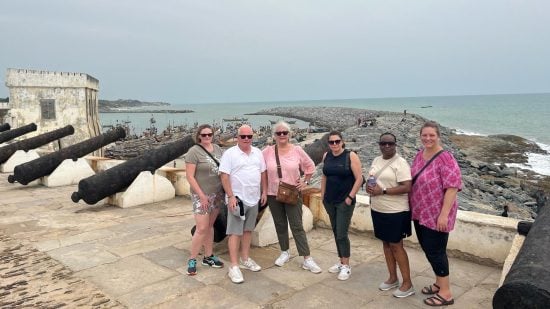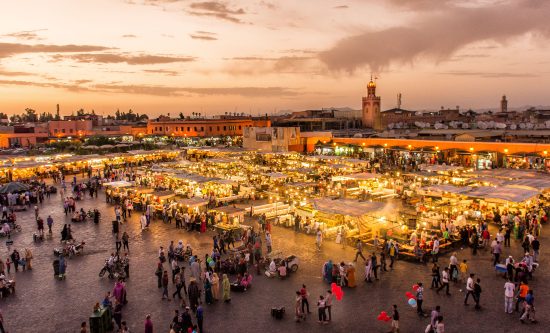Reasons to add Zululand to your South Africa Itineraries
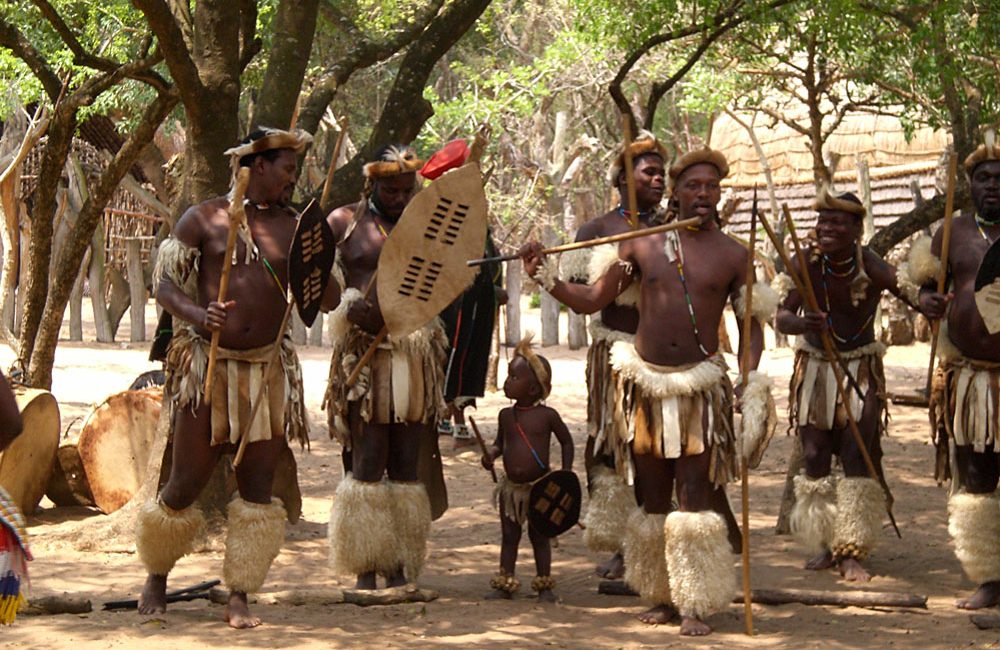

Travellers heading to South Africa won’t find a more culturally-rich region than Zululand, in the province of KwaZulu-Natal. By connecting to the region overland from Durban, Globetrotters can immerse themselves in the cultural experiences of Zulu life, visit wildlife reserves, and absorb the fascinating and colourful history of the area, which contains many famous battlefields. As well, travellers can bask in the stunning views of this gorgeous region, admiring the rolling hills and savannah-covered plains.
The Zulu Cultural Experience
While cultures never remain static, many rural areas of Zululand continue to engage in cultural practices of the past. A way to experience this traditional culture is to visit one of the many cultural villages that are often referred to as “living museums.” At Shakaland, Dumazulu, or Simunye, travellers can get a taste for slowly-changing lifestyles and traditions. Travellers can get the most out of their cultural experience by sleeping overnight in a traditional Zulu homestead, sampling traditional Zulu cuisine and beer, and visiting a traditional healer where they can learn about medicinal plants still being used by many rural South Africans. It’s also possible to drop in on a Zulu community village where visitors are greeted with traditional Zulu hospitality and etiquette. Service invariably comes with a big smile from these people who enjoy showing off their heritage.
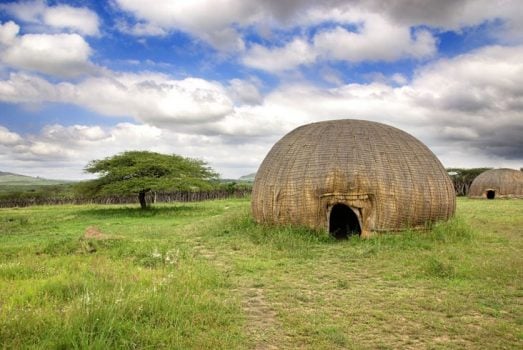
Travellers shouldn’t worry about difficulty communicating. While the Zulu speak isiZulu, which is South Africa’s most widely-spoken language, many people also speak several of South Africa’s eleven other official languages, including English and Afrikaans.
A visit with the Zulu also lets Globetrotters admire their unique cultural dress. Zulu may wear Western clothing for everyday use, but they also wear traditional tribal clothing for cultural events or ceremonies. Zulu women dress particularly strikingly, with outfits dependent on marital status. Single women wear short skirts usually made of grass as well as beautiful beadwork. Engaged women cover their chests with decorative cloth, while married Zulu women wear clothing that cover their entire bodies.
Travellers heading to Zululand can be lucky enough to visit during special events in the region. People visiting in February can see the Sangoma Khekhekhe’s Annual Snake Dance, which usually attracts over 1,000 locals. In September, travellers can enjoy King Shaka Day celebrations and the Zulu Reed Dance, when some 15,000 young women congregate to dance for the current Zulu king. Most of October is taken up with the Prophet Shembe’s celebrations. On Sundays, some 30,000 people can participate in prayer dancing.
The Blood and Turbulent History of Zululand
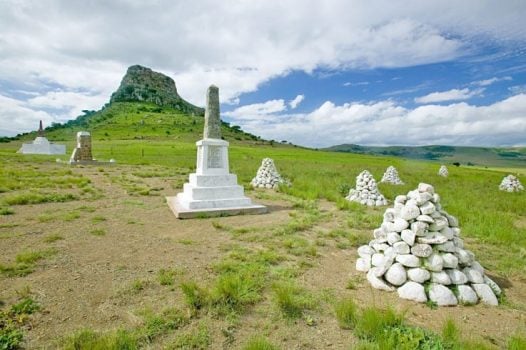

The Zulu Kingdom or Zulu Empire was an independent monarch in southern Africa. The rise of the Zulu Empire under King Shaka from 1816 to 1828 forced other chiefdoms and clans in the region to flee to other areas of southern Africa. Shaka called his kingdom KwaZulu, which means “place of the people of heaven.” The kingdom now dominates much of what is today KwaZulu-Natal. However, in 1879, during the Anglo-Zulu War, the British defeated the Zulu Empire, as they had been in conflict with them since the 1870s.
Initially, the British suffered a heavy defeat at the Battle of Isandlwana where the Zulu army killed more than 1,000 British soldiers in a single day, prompting the British to retrench and renew their efforts. Afterwards, the British began winning victories culminating in the subsequent defeat of the Zulu Kingdom. The area was absorbed into the Colony of Natal and later became part of the Union of South Africa.
In Northern KwaZulu-Natal, travellers can visit many of these battlefields to explore the past. These sites are visited by military enthusiasts from around the world and are tourist-friendly and linked together by the Battlefields Route. Zululand features several of these key towns, as well as dozens of battlefields and fortifications, museums, war graves, and memorials. The Zululand towns include Eshowe, Melmoth, Ulundi, Babanango, Vryheid, and Paulpietersburg.
The Wildlife of Zululand
Heading to Zululand also comes with the opportunity to visit world-famous game reserves and see incredible wildlife. The following are a few highlights in the region:
The Hluluwe-Imfolozi Game Reserve: This is the oldest nature reserve in Africa, known for its rich wildlife and conservation efforts. The park is the only state-run reserve in KwaZulu-Natal where all the Big Five game animals can be found. It also has the largest population of white rhino in the world and is home to the Nile crocodile, hippopotamus, cheetah, giraffe, zebra, baboon, and over 340 species of birds.


The Zululand Rhino Reserve: In 1995, the World Wildlife Fund and the property owners created this reserve as a haven for the fast-dwindling black rhino population, which has helped preserve the unique rhino habitat that is fast disappearing in the rest of Africa. Travellers have the opportunity to see the rare black rhino here, as it’s one of the 10 most endangered mammals in the world. This rare opportunity contributes to the reserve’s status as an international site of ecological importance.
Ithala Game Reseve: Close to the town of Louwsburg, this reserve offers prime game viewing and bird watching. It is nestled in the Ngotshe Mountains and has four of the Big Five, plus other African wildlife amid areas of great scenic beauty. The region has been home to humans for thousands of years and there are many archaeological sites where Stone Age spears and axe heads dating back 20,000 years have been found.
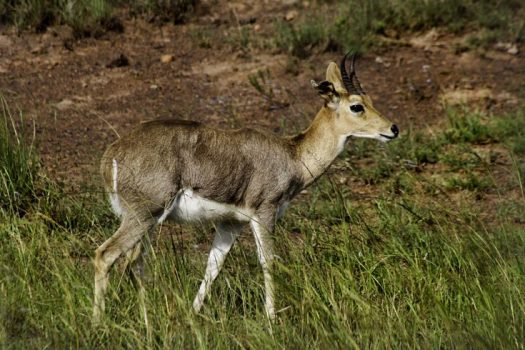

Phinda Private Game Reserve: This reserve is situated in prime conservation land with an abundance of wildlife including the Big Five and over 380 bird species. The marine diversity found off the nearby coast of Sodwana is said to rival the Great Barrier Reef in Australia. There are five lodges within the reserve where Globetrotters can set up their base.
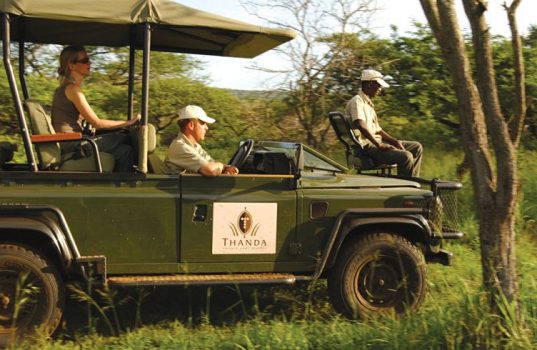

Thanda Private Game Reserve: This five-star safari lodge is named after the Zulu word for love and celebrates Zulu culture. In 2009, it topped the list as the World’s Leading Luxury Lodge. It is situated near the ocean and the bush and offers safaris to see the Big Five. Travellers can also find black rhinos living here to this day.
If your clients are interested in dramatic scenery, cultural experiences, a glimpse into the history of South Africa, and abundant wildlife, then help them make Zululand their next African destination.
Suggested Itineraries:
10-Day Wildlife, Wetlands and Waves incl. Air
8-Day Durban Delights incl. Air


